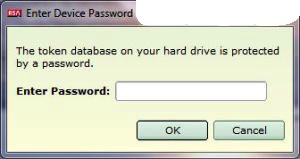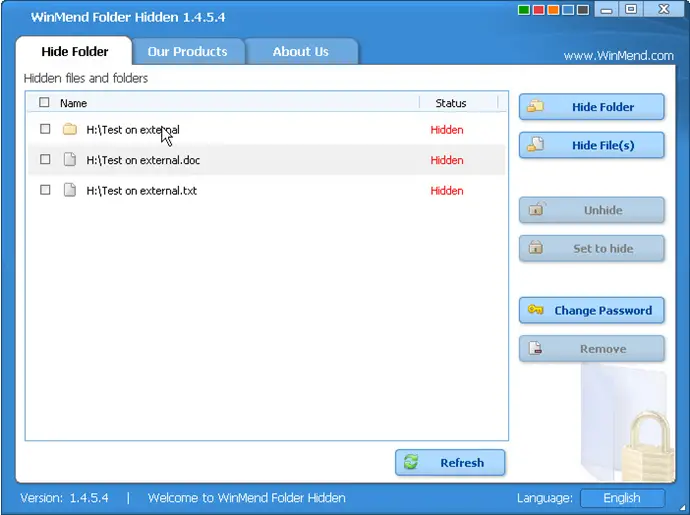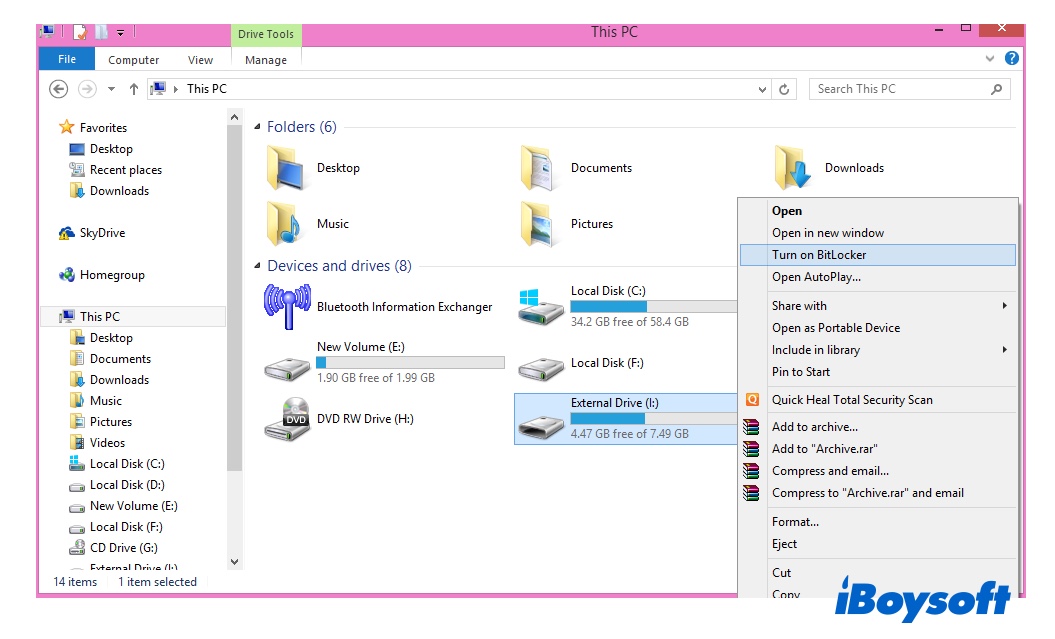

Select “Encrypt a non-system partition/drive” as shown above and click Next. (A “Volume” in this context is a generic term for disk or partition.) VeraCrypt volume creation wizard. The difference is that it’s from a third party, works on any edition of Windows (include Home), and is compatible with other systems, including Mac and Linux.Īfter installing and running VeraCrypt, click on the Create Volume button to open the Volume Creation Wizard. VeraCrypt, the heir-apparent to the long-favored TrueCrypt, is a high-quality encryption program that supports everything we need: encrypting the entire disk like BitLocker, and requiring a password, also like BitLocker. Option #2a: VeraCrypt whole-drive encryption The drive cannot be viewed elsewhere even if you know the password. The only real “problem” that remains is that your drive can only be used with Windows and with Windows editions that support BitLocker. Without the password or recovery key, the data is completely inaccessible.) That way, even if you forget the password, you’ll be able to regain access.

(When given the opportunity to save a recovery key, do so.

Windows encrypts the drive for you and requires the password you set to access that drive’s contents in the future.

This is how you password-protect an external drive. While there may be other options, “Use a password to unlock the drive” is perhaps the simplest and addresses your question directly. This will bring up a dialog to determine how you want to encrypt the drive. Right-click on the drive in Windows File Explorer and click on Turn on BitLocker. (A subset of Bitlocker was added to Home editions, but this serves only to perform full disk encryption on system drives.) Approach #1: BitLockerīitLocker is included in both Windows 10 and 11 Pro Edition. That means the data is inaccessible without your password or encryption key. In your case, that’s everything on the drive. What you want instead is to encrypt the data you care about. Either way, they can bypass the password and access your files. Or perhaps they perform some kind of forensic data recovery on the drive. 1 Now someone steals your computer or gains access to that computer using some other operating system or technology that just ignores the password requirement. The reason you’re looking for encryption is that a password by itself isn’t enough.įor example, let’s say you somehow attach a password to a drive. If you need to support Windows Home edition or other operating systems, VeraCrypt can be an excellent solution. If you have Windows Pro edition and plan to use your external drive only with other machines using Windows Pro, then BitLocker is a simple and quick way to encrypt your external drive with a password.


 0 kommentar(er)
0 kommentar(er)
